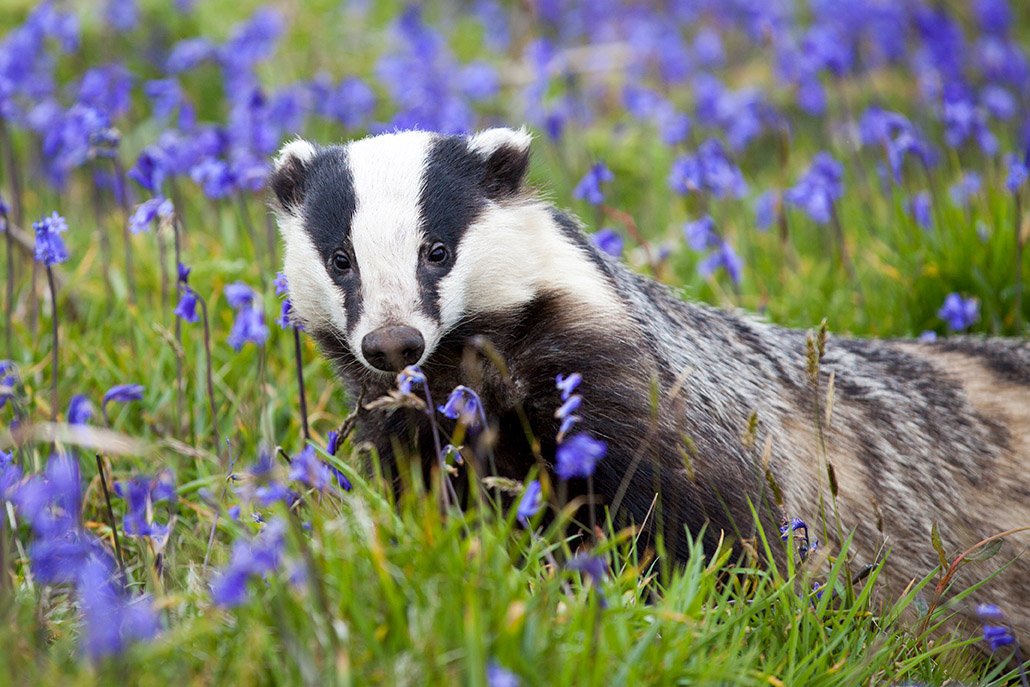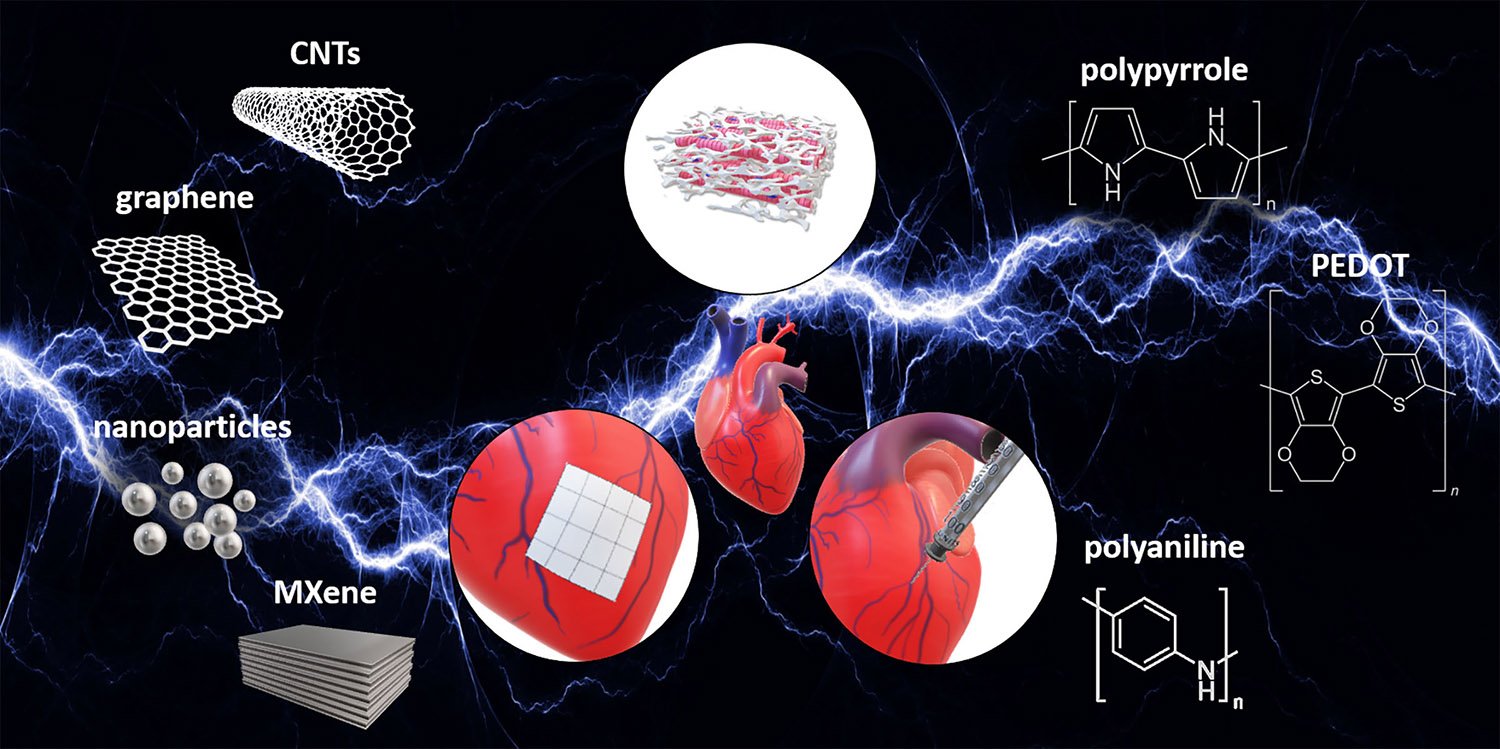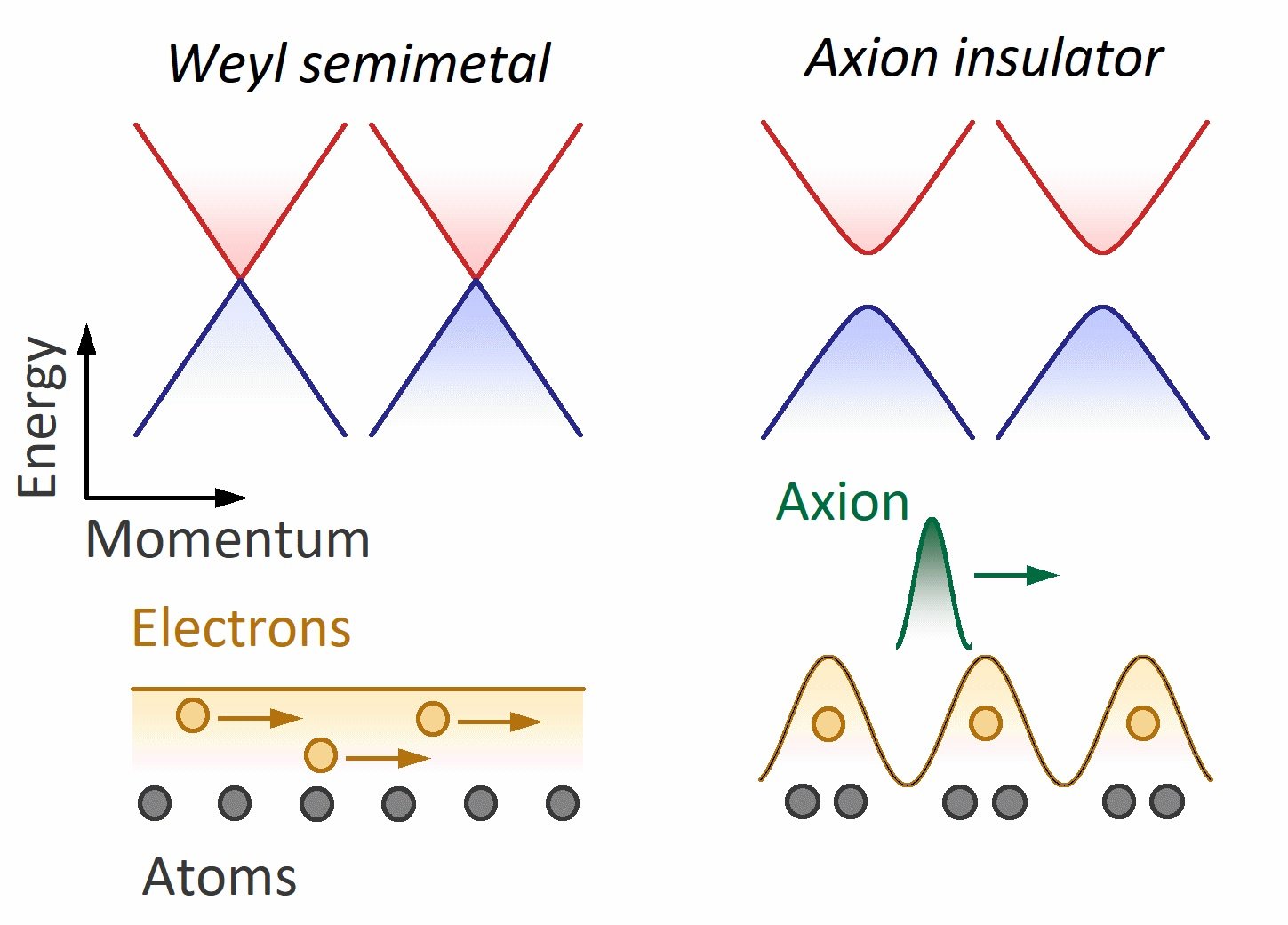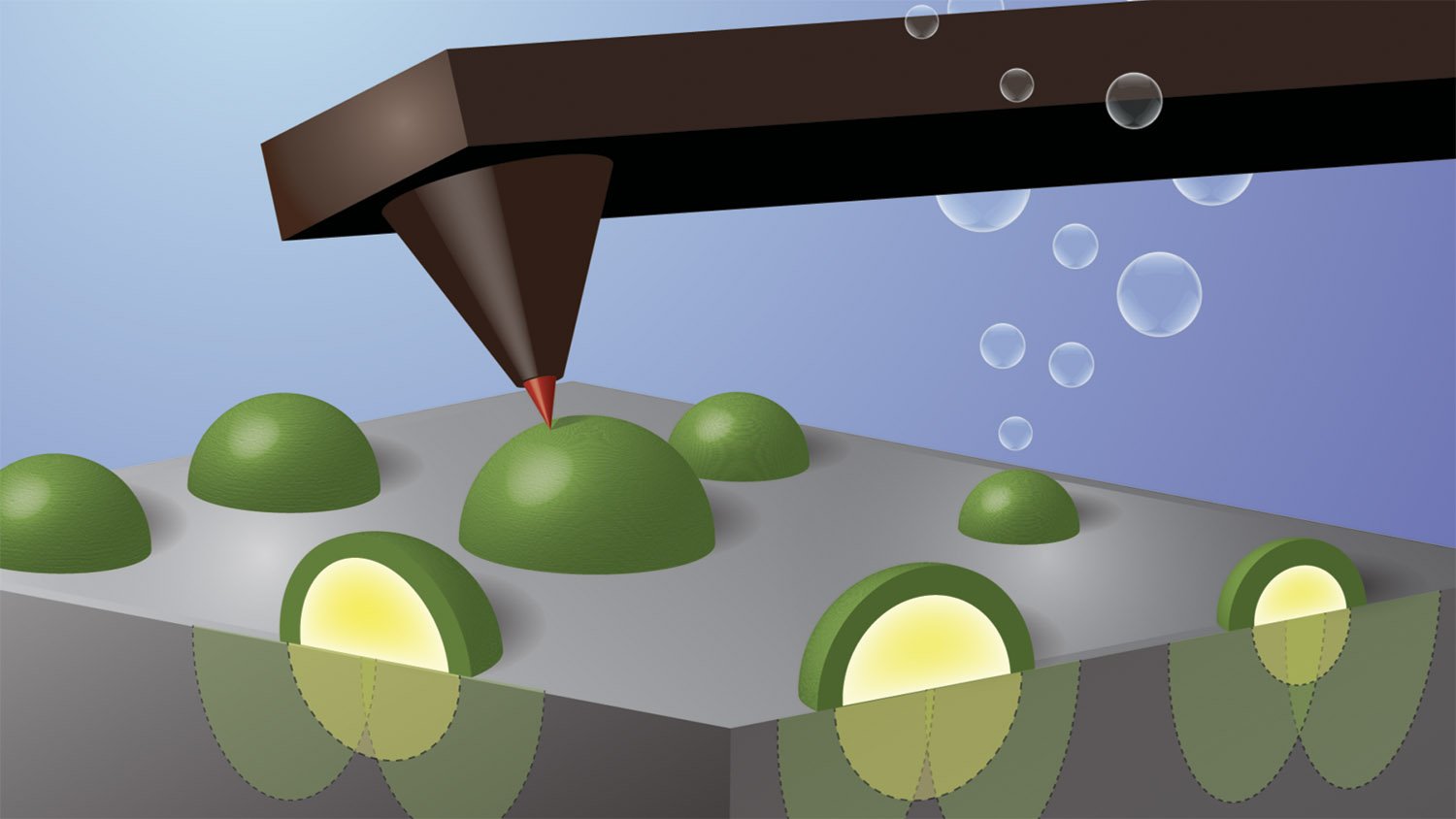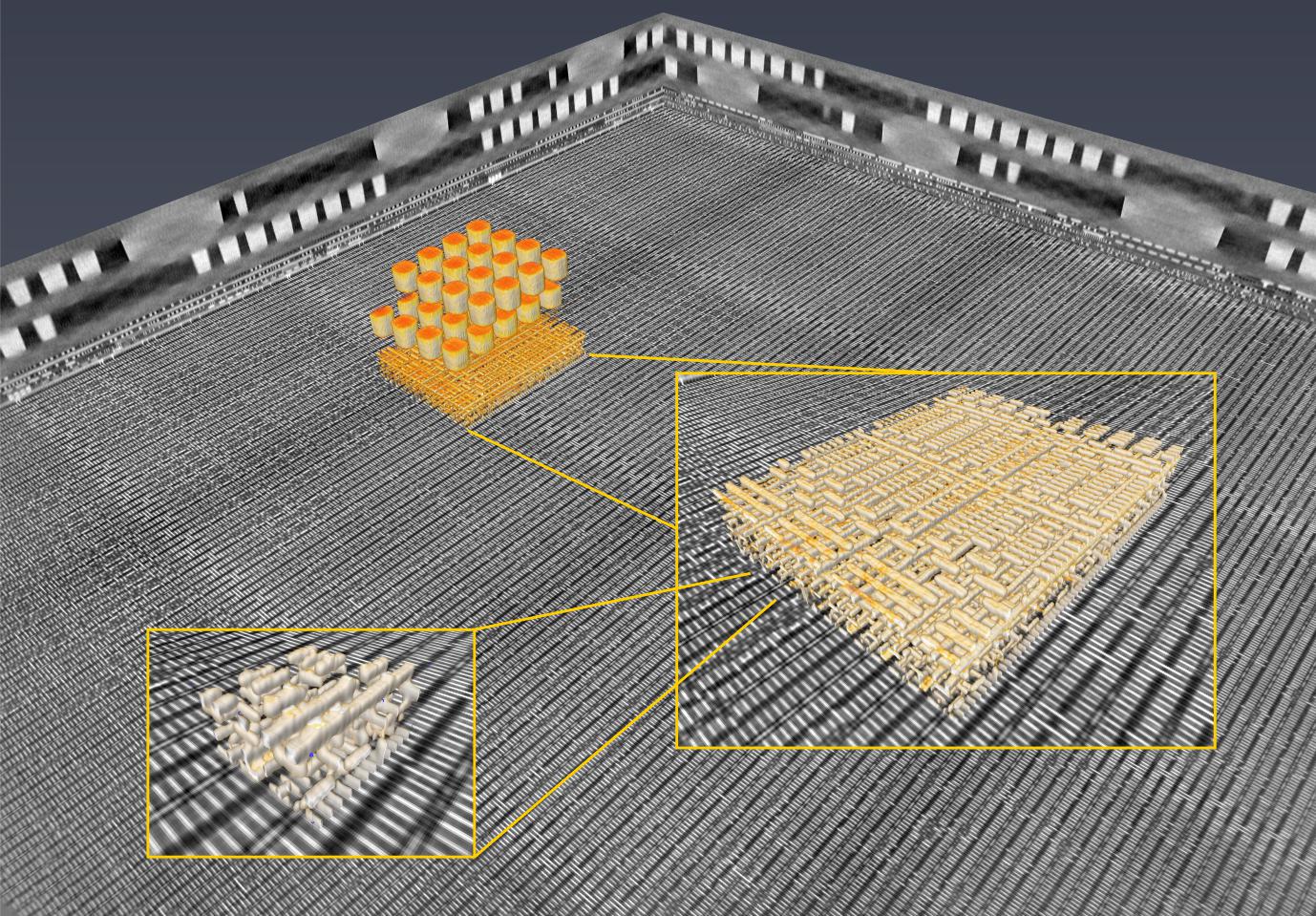Badger behavior inside the cull zone
A study led by researchers at international conservation charity ZSL (Zoological Society of London) and Imperial College London has found that culling drives badgers to roam 61% further afield – helping to explain why the practice, intended to reduce bovine TB transmission, can sometimes exacerbate the problem instead. Published in the Journal of Applied Ecology today (Wednesday … Read more
